When choosing a shower enclosure for a tiny bathroom or to complement an existing compact shower tray, you should preferably opt for a model that is functional and practical, bearing in mind both the internal shower space and the door opening space.
1. How small can a shower be?
The meaning of ‘small bathroom’, and thus ‘small shower’ is very subjective and may vary a lot depending on a person’s body size.
» Find out how to revamp or renovate a small bathroom
With the average size of modern homes and bathrooms in mind, showers can be either:
● ridiculously small: 70×70 cm. 70×70 cm showers used to be quite common up to a few decades ago. Today they tend to be very rare (and indeed are not recommended, as they don’t provide enough space for a person to move around with ease).
● small: 80×80 cm. Although not particularly practical, 80×80 cm showers can be a solution for tiny, secondary or guest bathrooms, especially those in holiday homes or attics. If possible, it would still be preferable to expand the shower space by a dozen centimetres at least on one side so as to create more room to move around.
● standard: 70×90 cm. This is the most popular shower size in modern homes: it is an average size, big enough to feel comfortable in. With 10 cm extra space, 80×90 cm showers are definitely roomier.
● large: from the 90×90 cm size up, the shower becomes roomy enough for an average-sized person. 80×100 cm and even 90×120 cm shower trays are also available, for showers that are particularly large and spacious.
This post will concentrate on shower enclosures suitable for shower trays up to 80×90 cm.
Do you like these products? Register for our newsletter, to get previews of new products and trends in bathroom decor, and news of our projects and events.
2. Which is the best enclosure for a small shower?
When the shower is particularly small, two things must be considered:
● the shower entry space;
● the external (and internal) dimensions of the shower doors.
The shower entry space must be taken into account when choosing shower enclosures with sliding doors: for example, an 80×80 cm shower enclosure has a narrow entry space, because of the dimensions of the fixed panels and the overlap* of the sliding doors.
[* in fact the sliding doors do not overlap the fixed door perfectly when they are opened: therefore the central entry space is a few centimetres smaller.]
The external dimensions of the doors must be considered especially in relation to the surrounding furnishings and sanitary fixtures. Indeed, if the bathroom is small, it is likely that furnishings and sanitary fixtures end up being just a few centimetres away from the shower.
Which shower solutions are more functional for small bathrooms?
● A shower enclosure with sliding doors is perfectly suitable for standard-size shower trays (70×90 cm, for example), however it is always a good idea to check the enclosure’s data sheet for the actual opening width (because of the dimensions of the profiles and sliding system, the overlapping doors can take up a few centimetres). These enclosure models have a corner entry (as shown in the photo below).

● If you prefer a side-entry shower, you can opt for a shower enclosure with a fixed side and a door. This choice depends on how much space is available for opening the door. For example, pivot doors require enough room outside the shower to open and close freely. Shower enclosures with two swing doors require less clearance space because the doors can also open inwards. The two opening types are shown in the photos below.
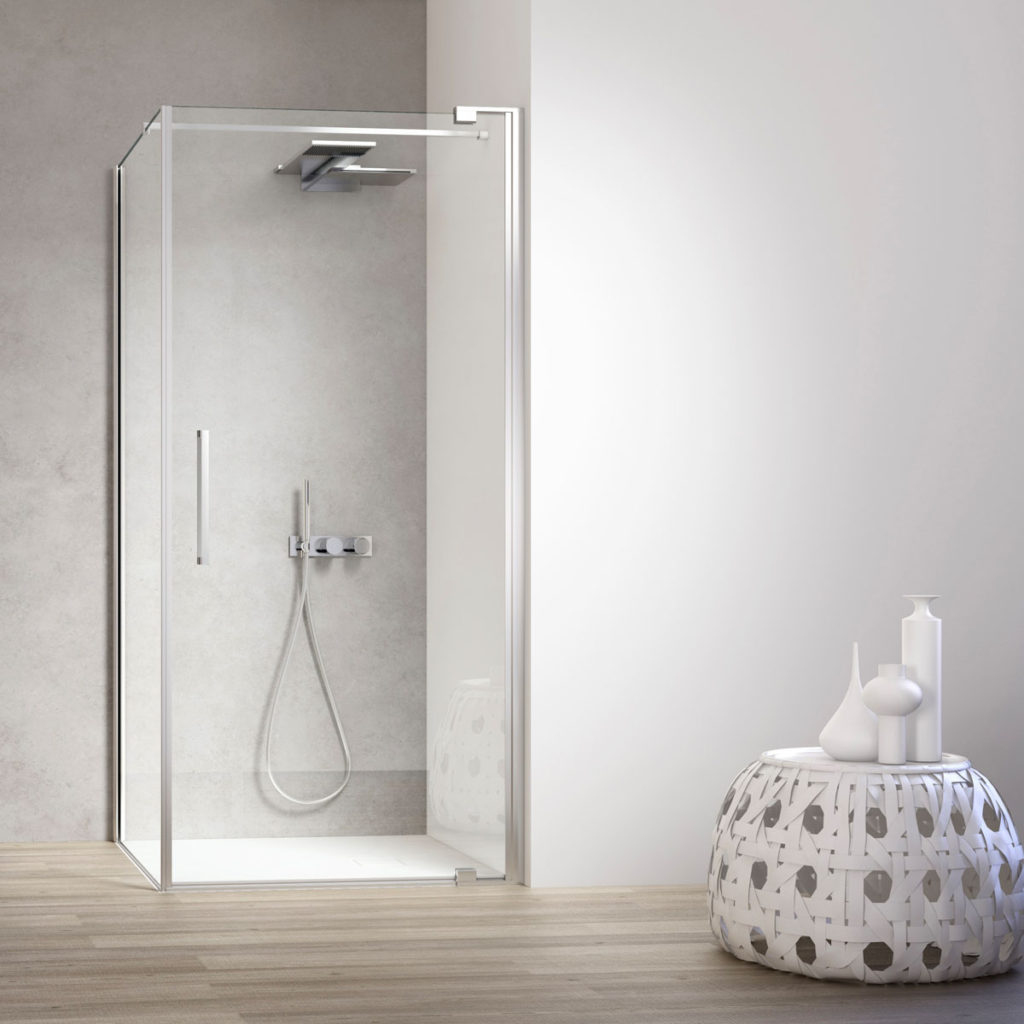
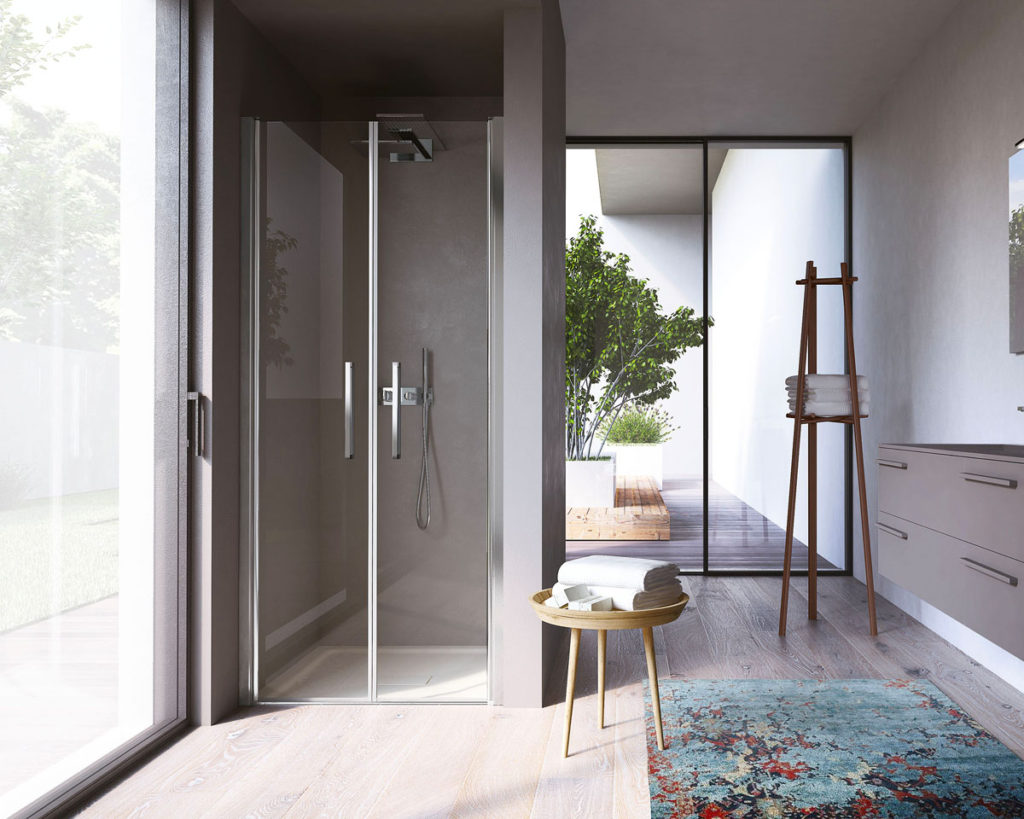
Shower enclosures with a fixed panel and a door, but also those with a practical folding door can provide the right compromise in terms of functionality and good looks. The same holds true for alcove shower enclosures, as is shown below.

● Small bathrooms can be fitted with a walk-in shower (i.e. an open shower without doors) only if the shower area is at least 80/90 x 140/150 cm, so there is enough room for the entrance and for a fixed panel large enough to contain water splashes. There may not be enough space for a cabinet or the bidet, though (you may consider not fitting a cabinet or a bidet, especially if it’s a second bathroom).
● Finally, a few considerations on small corner showers: generally speaking, quadrant shower enclosures take up more (internal) space than a rectangular enclosure of the same size. Therefore, quadrant enclosures should be an option only if the bathroom is really small. On top of the version with 2 fixed panels and 2 sliding doors, there is also a version consisting of 2 doors, which facilitates entry
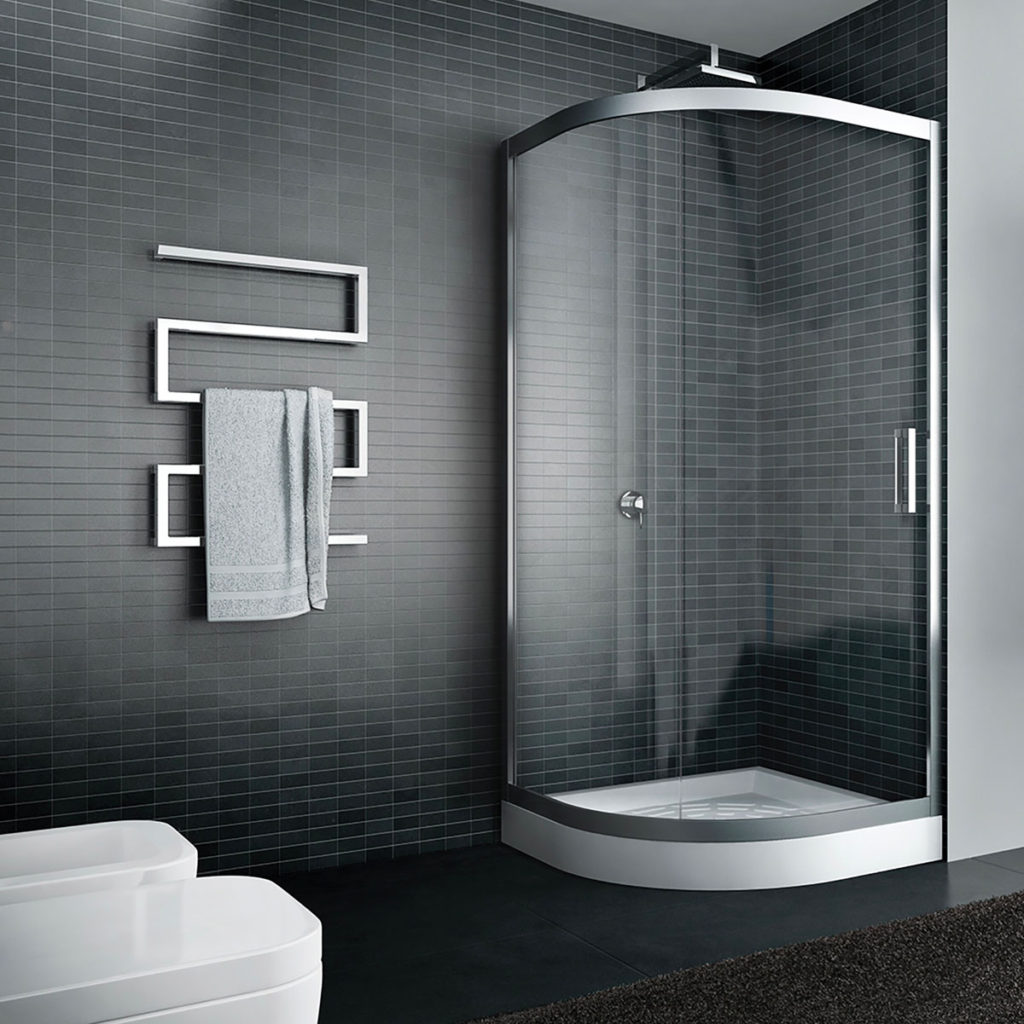
One last element to consider when choosing the right enclosure for a small shower is the presence of a frame: frameless enclosures appear more lightweight and therefore tend to be more suitable for small bathrooms.
» Framed vs frameless shower enclosures: why it is not always easy to decide
Choosing the right enclosure for a small shower can be tricky, so it is always a good idea to rely on the expertise of professionals. Disenia’s shower configurator can give you a helping hand if you want to make a rough selection of the most suitable enclosure solution. Simply enter the type and size of shower tray to find out which enclosure options are available. It is quick and extremely easy to use!


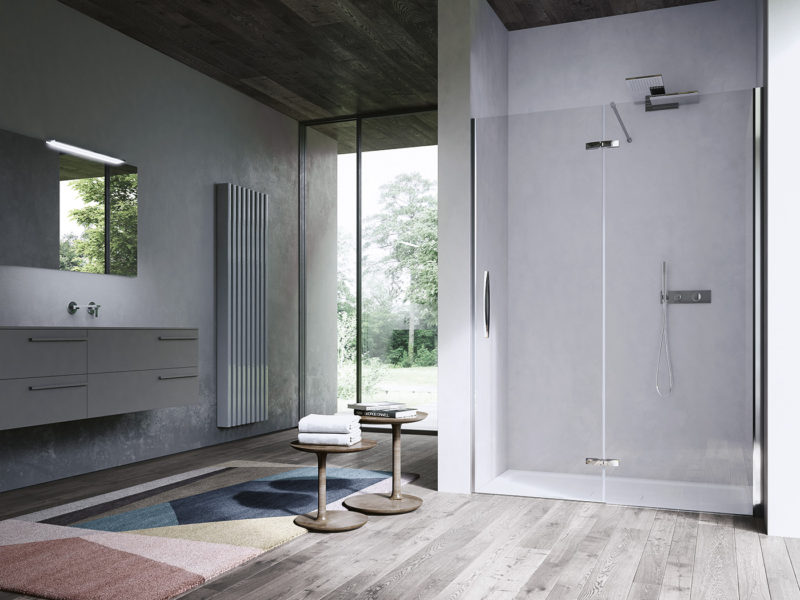








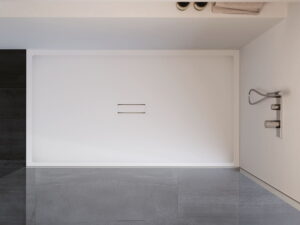
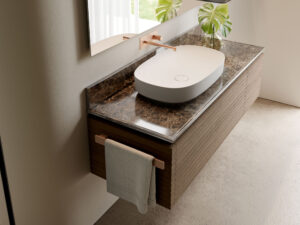

 Necessari
Necessari
 Funzionali
Funzionali
 Statistiche
Statistiche Marketing
Marketing
2 comments
We have a small space and this is exactly what we need. Kudos!
Dear Kevin,
thank you for your message!
Join our lively world and subscribe to our newsletter for receiving regular updates about our initiatives.
Keep following us!
Comments are closed.